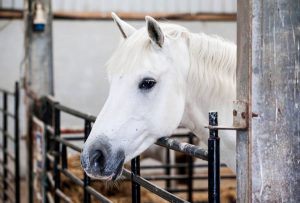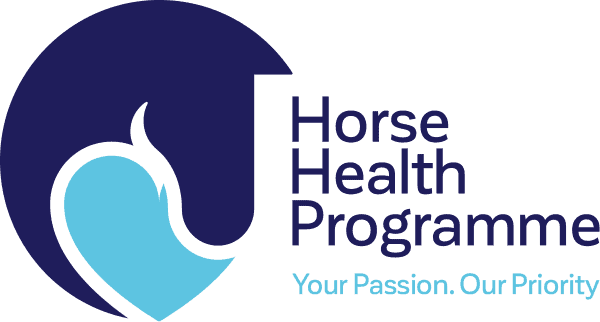Vetting a Horse
Vetting a Horse
 Once you’ve chosen a horse or pony that you would like to buy, before making the final decision, it is sensible to have a pre-purchase veterinary examination performed (vet’s certificate or a ‘vetting’ as it is often known).
Once you’ve chosen a horse or pony that you would like to buy, before making the final decision, it is sensible to have a pre-purchase veterinary examination performed (vet’s certificate or a ‘vetting’ as it is often known).
Getting a horse vetted
Vetting or pre-purchase examinations are often not a significant portion of the final selling price of a horse and investing in one may save you money, time and effort in the long run. Before the vetting, you must discuss with the veterinary surgeon that will be doing the examination what type of work you hope the horse will do. If the horse passes the examination then a certificate will be issued by the veterinary surgeon. This certificate can be used for insuring the horse or pony when the sale is completed.
The five-stage vetting
The five-stage vetting is carried out in accordance with guidelines laid down by the Royal College of Veterinary Surgeons (RCVS) and the British Equine Veterinary Association (BEVA) is the recommended form of exam. At the time of the vetting a blood test will be taken and sent for storage. This can be analysed in the future to detect substances present in the horse’s system at the time of the examination that might have masked any factors affecting the horse’s suitability for the intended use. This insurance policy protects buyers, sellers and veterinary surgeons.
The five stage test may take a couple hours to complete and someone will need to be available to ride the horse.
A dark stable, a hard level trot up area and a suitable area to work the horse are also required.
Some vets will choose to lunge the horse in addition so facilities and equipment should be made available.
The passport must also be to hand.
Stage 1:
Thorough external examination of the horse at rest to check for any signs of injury, illness or abnormality. This will include checking the eyes in a darkened stable, listening to the heart and lungs, thorough inspection of the limbs, the back, the skin and the teeth. Any lumps, bumps or old injuries will be noted along with the horses conformation and body condition. Your vet will take note of any stable vices, however you should discuss this with the seller since, the vet cannot warrant that the horse is free of them in the short period of examination.
Stage 2:
Walking and trotting in hand on a hard surface. Looking for signs of lameness and your vet may choose to carry out flexion tests. Lunging on both reins in a tight circle will exaggerate any subtle lameness and may be used additionally if there are concerns.
Stage 3:
Strenuous exercise normally under saddle but this can be on the lunge in unbacked horses. The vet will be able to assess the horse when it has an increased heart and breathing rate and listen for abnormal ‘wind’ noises. This stage will also allow assessment of gait at walk trot and canter.
Stage 4:
Cooling off period and check for signs of stiffness after exercise.
Stage 5:
Trotting in hand again to look for any signs of strains or injuries made evident by the exercise and rest stages. Flexion tests and lunging maybe repeated if there are any concerns.
On completion, the vet will give their opinion, as observed on that day, to the prospective buyer as to whether, on the balance of probabilities, the horse will be suitable for the type of work that the buyer requires the horse for. It is not a guarantee of future health.





